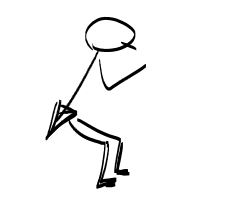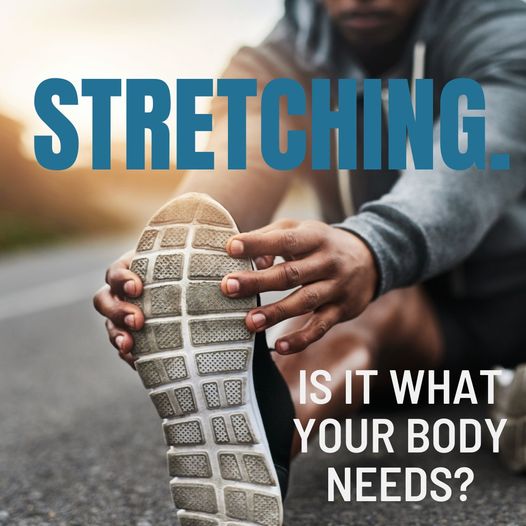
Biomechanics refers to how we are built and how we move. Some of us have legs that bow out (varus alignment) and others have knock knees (valgus alignment) which relates to the shape of our bone structure. It is a combination of our bony structure and how well our muscles work that can increase the likelihood of injury with running. This blog is looking at key areas of muscle weakness that alter our biomechanics and lead to injury. Your bony structure can’t be changed but improving your strength in the right areas can be achieved within 6 weeks of an exercise program that is designed for you. Assessing the biomechanics of the body combined with a basic understanding of your running style is important if you are serious about running.
A biomechanical physiotherapy assessment considers whether you have sufficient strength and mobility in the right places for running. The muscles in the back of the leg (calf, hamstring and gluteal) are important to maintain strength for running. Weakness in these muscles often leads to pain and injury in runners.
- Calf muscle and Achilles tendon strength – it is important to understand that both muscles and tendons can respond to the loads we put on them. A simple test and exercise for the calf and achilles is the calf raise. If you can’t do a repeated full height single leg calf raise of more than 6 reps than you probably don’t have enough strength. I encourage people to get to 15 reps and be able to repeat 3 sets as a baseline but there isn’t a magic number here because it also depends on your running style. If you are about to change your style and get further forwards on the forefoot then check your calf and achilles strength first to minimise the chance of getting achilles tendon problems.

- Hamstring strength is essential for fast running but a base level of strength is also important for your park runners to 10km distances. Clearly the most functional way to strengthen the hamstrings for running is to gradually increase the distance and intensity of your running sessions. If you can’t do a hamstring bridge exercise or it takes considerable effort then you need to get stronger. Caution with doing this exercise – if it causes back pain then stop and discuss with one of our physio’s.

- Gluteal (buttock muscle) strength allows for a stable pelvis during running. If you don’t have adequate gluteal strength it puts extra load on the knees, hips and lower back. Unless you have had a biomechanical physio assessment you probably don’t know if your glut’s are working well enough. A glute bridge is similar to a hamstring bridge but the knees are bent at approximately 90°. By bending the knees it makes it harder to use the hamstrings to lift the bottom and thus challenges the gluteal muscles more. Again if you have back pain stop and get some advice.

- A squat is another good exercise to get the glute muscles working for runners but it needs to be done correctly. Keeping the back straight and bending at both the knees and hips gets the gluteal muscles working. Once you have been taught to do a squat correctly the challenge is a single leg squat with letting the knee drop in valgus collapse.

Hope you have enjoyed reading about good strength exercises for runners. Thanks to Pete for his stick figure art which has been enjoyed by his clients for many years.






